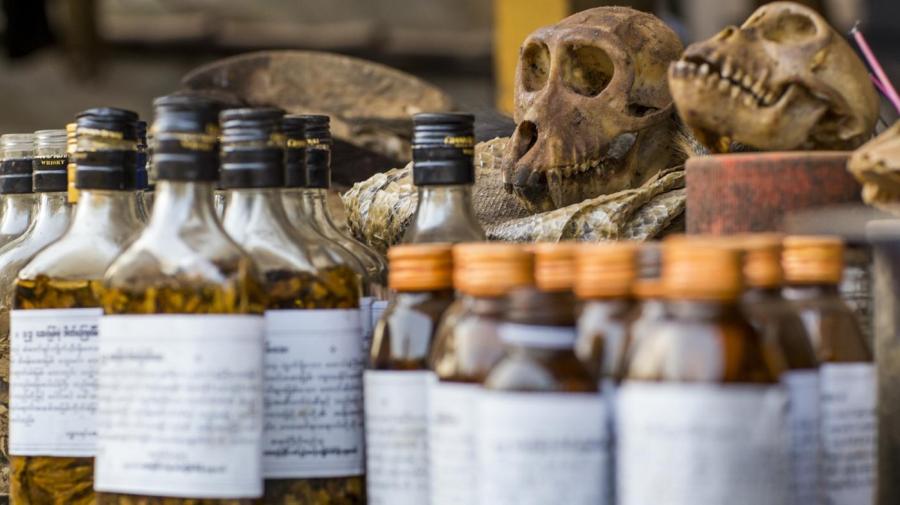Why Did People Believe in Witchcraft in the 17th Century?

People believed in witchcraft in the 17th century because they needed a way to explain the unexplainable, according to the BBC. When situations came up that could not be explained due to the lack of scientific and medical knowledge, people needed a scapegoat to help the masses understand. The easiest way to do that was to blame demonic powers.
Although witch hunts were popular in England during the 16th and 17th centuries, witchcraft persecutions started much earlier in other places in Europe. Historians have found evidence of witchcraft persecutions in places such as Switzerland and France as far back as the 14th century.
In the 17th century, people believed that witchcraft was practiced by women who had rejected God and made a pact with evil spirits. From 1484, when Pope Innocent VIII declared witchcraft a heresy, until 1750, historians believe that nearly 200,000 people across Europe were burned as witches.
The fear of witches in Europe was only amplified by the fact that many famous kings were frightened of witchcraft. King James I was historically famous for being terrified of witches and witchcraft. In 1567, he advocated the writing of a book called “Daemonologia.” This book set the stage for how witches were identified throughout the 16th and 17th centuries.





